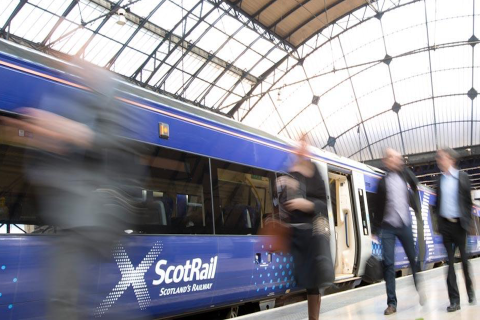London’s Heathrow Express liveried for the world

Heathrow Express, the premium rail service between London Paddington and the airport, has been out-shopped in a series of new liveries, designed to highlight important world-wide destinations, including New York, Sydney and Amsterdam. The eye-catching branding, not just coincidentally, has been unveiled just as Elizabeth Line trains have begun running into the airport’s rail network.
Want to read more?
You have read all of your free premium articles for this month. Please become a subscriber to keep reading.
Subscribe now!
Take advantage of our exclusive offer to get full access to all premium content.




